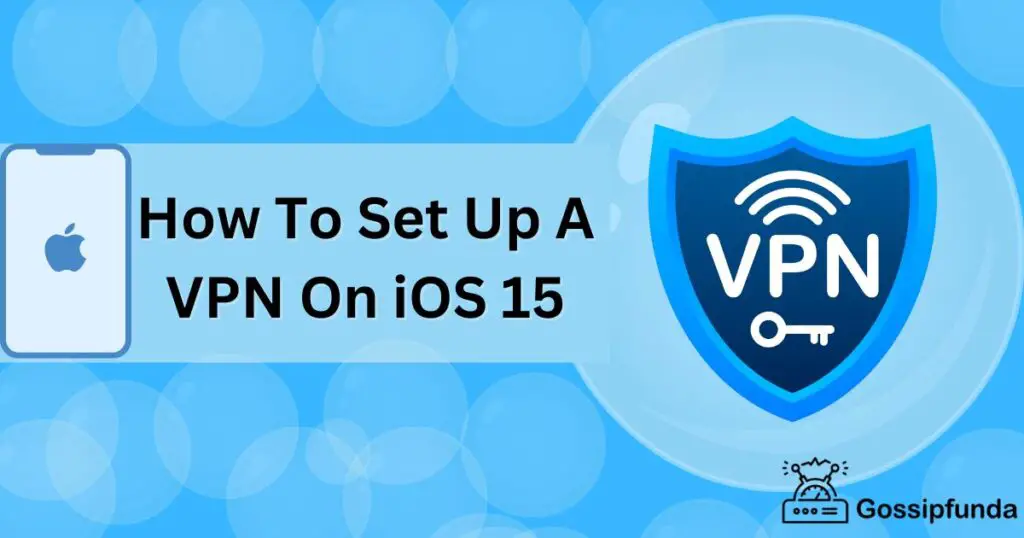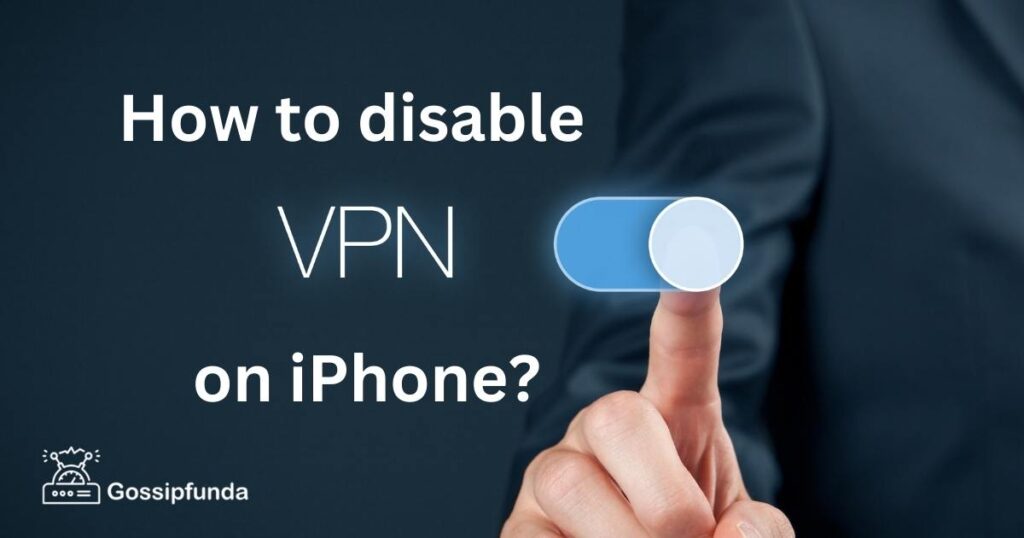A virtual private network (VPN) provides privacy and anonymity by building a private network with Internet connections in public zones. VPNs mask your IP address, so your online activities are virtually untraceable. Most significantly, VPN services designate a closed and encrypted bond to deliver better privacy than even a protected Wi-Fi hotspot.
VPN is a type of encryption that blocks all kinds of data from being read and decoded. It encrypts your data, so the people who want to access it cannot do so. They can only see what you are showing them. This is done by encrypting the information you send over the internet with your VPN service provider’s encryption key. that is kept on their servers. The VPN concentrates all your traffic which will be encrypted by a strong encryption key prior to it reaching the destination website or location.
All of this happens before your data even reaches the VPN server that you are connecting to, giving you complete and total control of how and when your data can be accessed by other people in public internet connections and public networks. By using a VPN service, as soon as you enter your username or email address into the app’s interface on a compatible VPN server, all your traffic will be encrypted and sent directly from your computer to the VPN server.
No one — including employees at your office who are not authorized to connect to the VPN servers on that network—will be able to spy on or intercept your data. The privacy features you’ve come to expect from a trusted website such as Gmail or Facebook are still there, too. You can manually set up each tunnel in advance, and override it with an IPsec connection in the event of network failure.

What is a VPN and why is it needed
Browsing the Internet or operating on an unsecured Wi-Fi network means that you may disclose your personal information and browsing history. This is one reason that a virtual private network, satisfactorily known as a VPN, is compulsory for anyone concerned about their online protection and privacy.
What is VPN on iPhone? Guess, how many times you’ve been on the highway, read emails while queuing at a ticket counter, or restricted your card while waiting at the doctor’s desk. If you are not signed into a confidential Wi-Fi network that demands a password, any data transferred during your online session may be vulnerable to interception by third parties utilizing the identical weak network.
A VPN helps safeguard your online activities, such as mailing, buying online products, or spending invoices. VPNs also help you surf the web anonymously.
How to set up VPN for iPhone or iPad manually
There are several ways to use a VPN on iOS. To set up a VPN on iPhone, follow these steps:
- Download your favorite VPN app on your iOS device.
- Run it.
- Now let it set up a VPN on your device.
IMPORTANT! Get setup information such as server, remote ID, username, and password. You can contact the VPN service or ask your system administrator for help.
To connect a VPN manually, follow these steps:
- Launch the Settings app on your iOS device.
- Click on VPN. If you’ve only set up one iPhone VPN configuration, you can turn it on or off right next to VPN. In case you have installed and activated more than one application, you will need to click on VPN to be able to configure and enable/disable the status of the program.
- Click Add VPN Configuration.
- Next, select the type of VPN. There are three alternatives: IKEv2, IPSec, or L2TP. Then click “Add Configuration” in the top left corner.
- Now you need to enter iPhone VPN settings details like description, server, with remote ID. Then you need to enter your VPN authentication login on the iPad – username or certificate and password.
- Select Manual or Automatic if you are using a proxy. Then click Done.
- Finally, enable the status switch in the VPN configuration.
Ready! Now you can use a VPN on your iPhone or iPad.
Setting up a VPN using apps on iOS 15
You can also use a VPN on your iPhone or iPad using one of the third-party apps. Consider the most popular of them.
ExpressVPN
- Servers – 2000+;
- Countries – 94;
- Programs – Windows, Mac, IOS, Android, Linux;
- Parallel connections – 3.
In terms of horse racing, ExpressVPN is the most popular service. Some VPNs excel in certain areas, while others simply fall short. ExpressVPN has clearly considered functionality from top to bottom. They offer the most complete service, every item is professionally processed.
ExpressVPN is incredibly impressive when it comes to speed and location. They have over 2,000 servers in over 90 countries and performance is more than consistent whether you’re connecting from Spain or South Africa. If the app itself isn’t enough, ExpressVPN and its setup go one step further with their support services. Not only do they have a contender for the best customer support in the VPN space, but their support offerings will also make the offerings of many other developer companies seem weak by comparison.
NordVPN
- Servers – 5100+;
- Countries – 62;
- Programs – Windows, Mac, IOS, Android, Linux;
- Parallel connections – 6.
NordVPN has an impressive list of servers with thousands of servers spread over 60+ countries. Effortless pass to a wide range of servers is one thing, but this VPN also delivers one of the most affordable apps to work with. If you’re new to VPN and you’re worried about getting confused, don’t worry, NordVPN makes it just as easy. In terms of performance, there are faster offerings, but more often than not, analogs do not have all the features of a program in one solution.
What’s even more impressive is the VPN’s privacy. NordVPN offers an amazing suite of encryption protocols and guarantees that its users have everything they require to surf secretly. To support this requirement, they also have a zero-logging policy.
Clario VPN
- Servers – 20;
- Countries – 15;
- Programs – Mac, IOS, Android;
- Parallel connections – 6.
Clario is a new face in the cybersecurity industry. It offers a different take on the old ways of ultra-tech antivirus and digital security applications. Instead, it is exceptionally user-friendly and focuses on the benefits of the app rather than technical details. Customers can choose which security use cases the best suit their needs, and the application does everything automatically.
Most importantly, Clario has a strong foundation made up of renowned cybersecurity companies. Its VPN functionality is based on NordVPN and its antivirus features are based on Bitdefender. Clario is the antivirus and VPN option best suited for users looking for a simple digital security solution. Its real appeal is that it’s comfortable to operate and has a very mortal-centric strategy, from setting up to employing the services.
Basically, Clario aims to be your all-in-one online protection tool with features like malware protection, data leak monitoring, ad blocking, tracking protection, VPN, and traditional antivirus capabilities.
How to disable VPN
Turning off a VPN on an iPhone or iPad is as easy as turning it on. To do this, go to the device settings, and then to the VPN section. Next, just uncheck the program you are using or the configured network, and you’re done! Now you are not using a VPN.
Removing a third-party VPN service from your smartphone will also disable the VPN. No concern about which provider you prefer, rest secure that a suitable VPN will deliver more protection, solitude, and anonymity on the Internet than a shared or public Wi-Fi hotspot.
Conclusion
If you have an iPhone or iPad, you probably have it with you most of the day and use it constantly for information, communication, entertainment, or business purposes. To keep your data safe when you use your device on public networks, make sure you’re using a VPN. That extra layer of protection will be the difference that will give you the privacy and protection you need.
My self Jean Acker, an SEO specialist. MS from the reputed college MIT. I am an innovative person, as well as have a sound interface with tech. Honestly, I easily supervise my meditations as well as my experimentation with Android and iOS.
